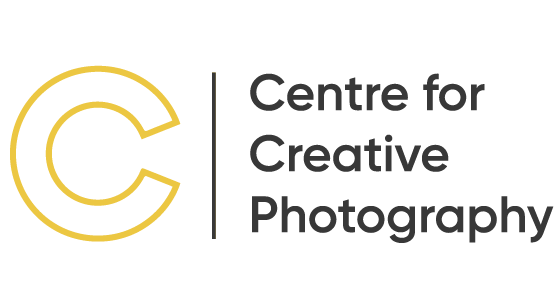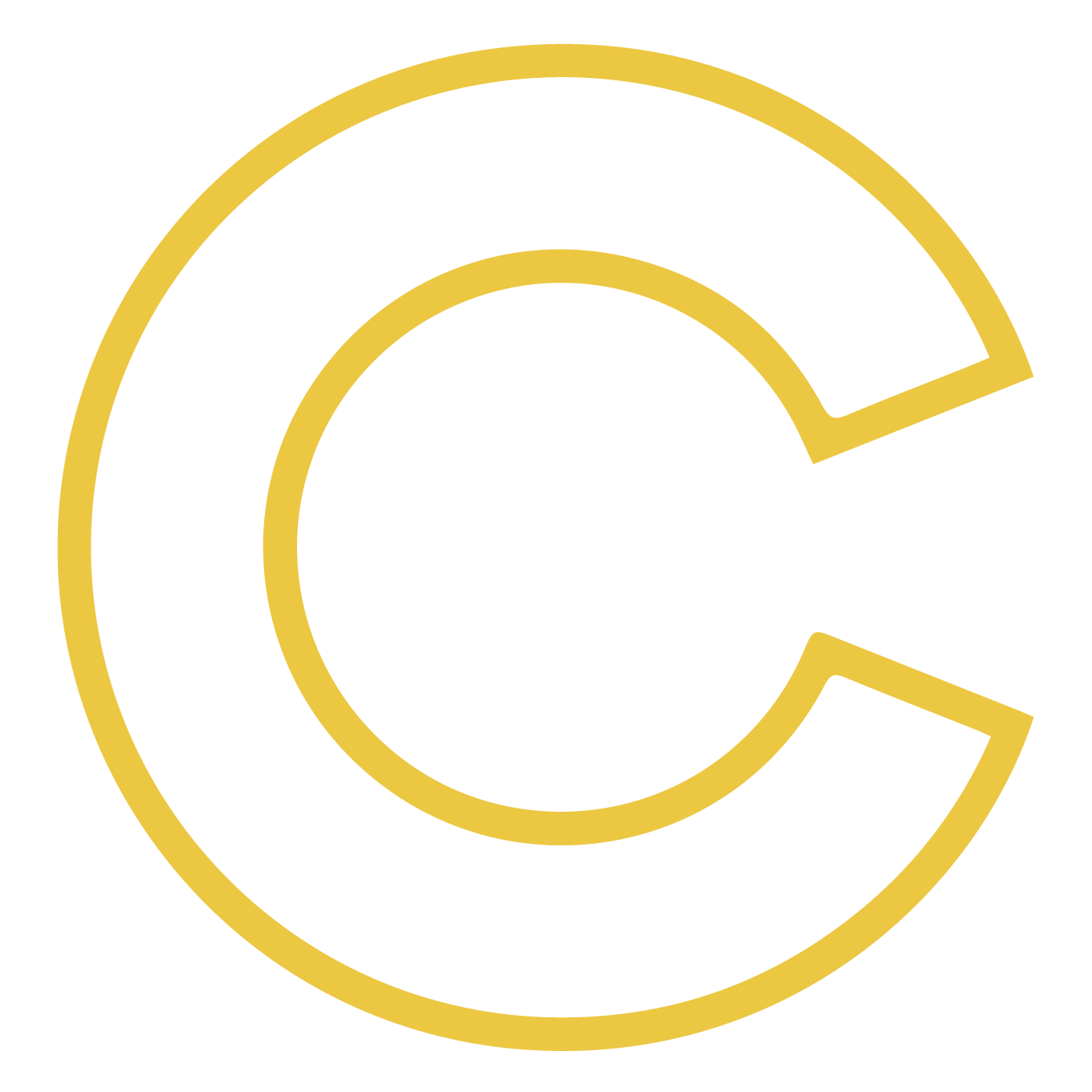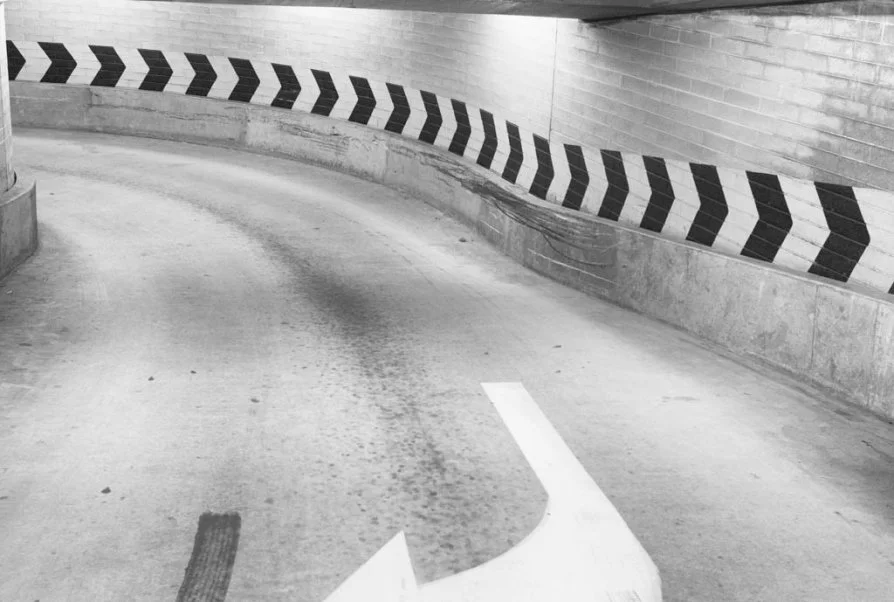(More than) 10 Questions: CCP graduate Marcus Brownlow
See much of Marcus' work at marcusbrownlow.com
Alumnus Marcus Brownlow commenced his studies at the CCP in 2007, graduating with a Diploma of Photoimaging in 2013. The flipside to this is that he is also an Analytics and Data Visualisation Consultant. He holds a PhD from The University of Adelaide and is a member of the Institute of Analytics Professionals of Australia. Marcus has stated to me that everyone in their life time will have three different careers and is “always good for one book”.
The majority of Marcus’ photographic work explores aspects of the urban environment, particularly built forms that emit a strange beauty despite their utilitarian purpose. He is interested in how people use space as evidenced by what they leave behind. While his images are often devoid of people, their presence is alluded to by the marks they have left on the landscape.
Marcus believes that the discipline of his numerical work is a perfect complement to the rigour of his photographic art practice. “They are not as different as you might think, and one certainly informs the other” he says.
In 2008 Marcus also participated in the Governor’s Leadership Foundation (GLF) program, applying because he was attracted by the diversity of both topics covered, and its previous participants. Marcus has found that the program has had a subtle but influential effect on him. As a result, Marcus still finds himself reflecting regularly on the myriad his experiences that year.
Marcus was also the recipient of an artists’ residency in Berlin in 2012 “Picture Berlin” which had a powerful impact on his image making(you can see the work he produced if you scroll down to past residents and check out 2012), and he was invited to return in 2014 as part of PictureBerlin Festival.
That same year, Marcus collaborated with three other CCP luminaries, Leanne McPhee, Jennifer Hofmann and Sue Michael (featured in our last blog post, May 12 2017), all with backgrounds in one or more of community development, primary health care or aged care, and with current art practice involving photography.
The ensuing exhibition “Hidden Places, Hidden Lives” showed at the Kerry Packer Civic Gallery in the Hawke Centre, North Terrace, and proved to be an incredibly engaging exhibition due to the fact that the four facilitators deliberately blurred any distinction between residents and the four primary photographers. This made the authorship of many of the photographs impossible to distinguish which was wonderful and intriguing because all too often, social justice art projects can inadvertently make the distinction between “us” (the experts) and “them” (the marginalised group). To borrow a phrase from Robert McFarlane, they sought a “democracy of vision” and simply promoted the exhibition as a collaboration between 16 photographers.
Marcus believes that it’s easy to forget how powerful photographs can be. “A single photograph can make you laugh, cry or think, and sometimes all three. It’s a moment in time captured forever on a sheet of paper. It’s so simple but so powerful and that’s what attracts me to the medium.”
Please read on and discover just who Marcus Brownlow the artist using photography is for the second installment from CCP alumni, as we celebrate 20 years of photographic education at the CCP.
Cheers from Gavin
Why did you choose to study at the CCP?
It all started with a flyer I picked up at the Central Market camera shop one Saturday morning: Creative Photography Made Easy, a one day workshop held on a Wednesday at the CCP. I had wanted to take my photography more seriously for some time, and this seemed to be a good starting point. I had the day off work and felt rebellious and subversive. It was great.
I had the best day and felt totally energised by this immersion in photographic design, theory, concepts and history. I resolved then to study photography more formally and enrolled in Camera Portfolio 1. Everything else followed naturally and organically after this one decision, albeit concurrently with full-time corporate work. I now have a Diploma of Photoimaging and could not be more pleased.
Are you making personal work?
I am only making personal work.
What inspires your work at the moment?
I’m using photography as the start point of a creative process rather than as the end point. I still maintain a strong interest in image-making, but am now more interested in what a photograph can become rather than what it is.
What have you done since you studied at the CCP, and what are you doing now?
I have exhibited work in Berlin several times since studying at the CCP, and maintain an ongoing connection with the city and its flourishing community of artists. In fact, the city supports over 30,000 practising artists across all disciplines. I now divide my time between Adelaide and Berlin and am planning to make new work during the northern Winter this year.
How has photography changed your life?
Photography started as an interest 25+ years ago and it’s been variously a hobby, working tool, study topic, creative passion and life saver ever since. It is now the foundation upon which my full-time art practice is based. Had you asked me, even 10 years ago, whether I would be pursuing photography full-time, I would have said that you were mad. Life is always full of surprises.
Which photographers – past or present – have been major influences on your work?
I’ve been influenced more by painters than photographers, especially Edward Hopper (1992-1967), Jeffrey Smart (1921-2013) and Richard Maurovic (1963-), all of whom address aspects of the urban landscape, and latterly Sol LeWitt (1928-2007; conceptual art and minimalism). Often visually simple, their works contain multiple levels of complex symbolism and commentary on the contemporary world.
I am strongly drawn to the architect Mies Van Der Rohe’s adage that “less is more”, and try to use it as a guiding principle in my own work.
Do you have any advice for student photographers?
James Bennett, the Curator of Asian Art at the Art Gallery of South Australia shared some advice that he’d been given early in his career and I agree with it completely:
Follow your passion, not your ambition.
Pursue what interests you, not what your peers, well-meaning relatives and others think you should be doing. The illusion of stability and security working for The Man can mutate into a Faustian Pact; as Barbara Ehrenreich observed (“Smile or Die”, 2010, Granta), “having to simulate happiness [in a job you hate] is the feeling you might get from getting a hand job while your soul is dying.” If photography is your thing, then go for it.
Don’t ever believe that photography is an easy medium. Chuck Close (artist and hero) noted:
Photography is the easiest medium with which to be merely competent. Almost anybody can be competent. It's the hardest medium in which to have some sort of personal vision and to have a signature style.
It’s a wonderful observation to share with those who conflate the ownership of expensive camera gear with authentic photographic vision.
What is the best job you've had since you've been working in the industry?
I collaborated with Leanne McPhee, Jennifer Hofmann and Sue Michael (all CCP alumni!) on a social justice photography project that aimed to shine a light on a misunderstood aspect of ageing in the community: the residents of Supported Residential Facilities (SRFs). The community that lives in SRFs is easy to stereotype but difficult to accurately describe: compared with the general population, there are certainly higher proportions of mental illness, histories of alcohol and/or substance abuse and various co-morbidities. Were you not able to live in an SRF, you would probably be homeless and it is with this community that we worked.
Working with 12 residents across three suburban SRFs, we taught them about how to use a camera and apply basic photographic techniques; we encouraged them to document their own worlds and lives, and to take their cameras everywhere; we reviewed work and gave tips and encouragement; we saw both confidence and enthusiasm grow; we also made our own photographs of these otherwise hidden people and places.
At the end of the workshops we had accumulated over 5,000 photographs. From this, we edited down to make an exhibition that sought to illustrate the world of residents in SRFs. Called Hidden Places, Hidden Lives it was a SALA Festival event in 2014 presented by the Seniors Information Service and the Bob Hawke Prime Ministerial Centre, and exhibited at the Kerry Packer Civic Gallery.
The project was immensely rewarding and underscored the power of photography to stimulate and encourage creative practice among all members of the community.
You can see more of Marcus’ work at marcusbrownlow.com








